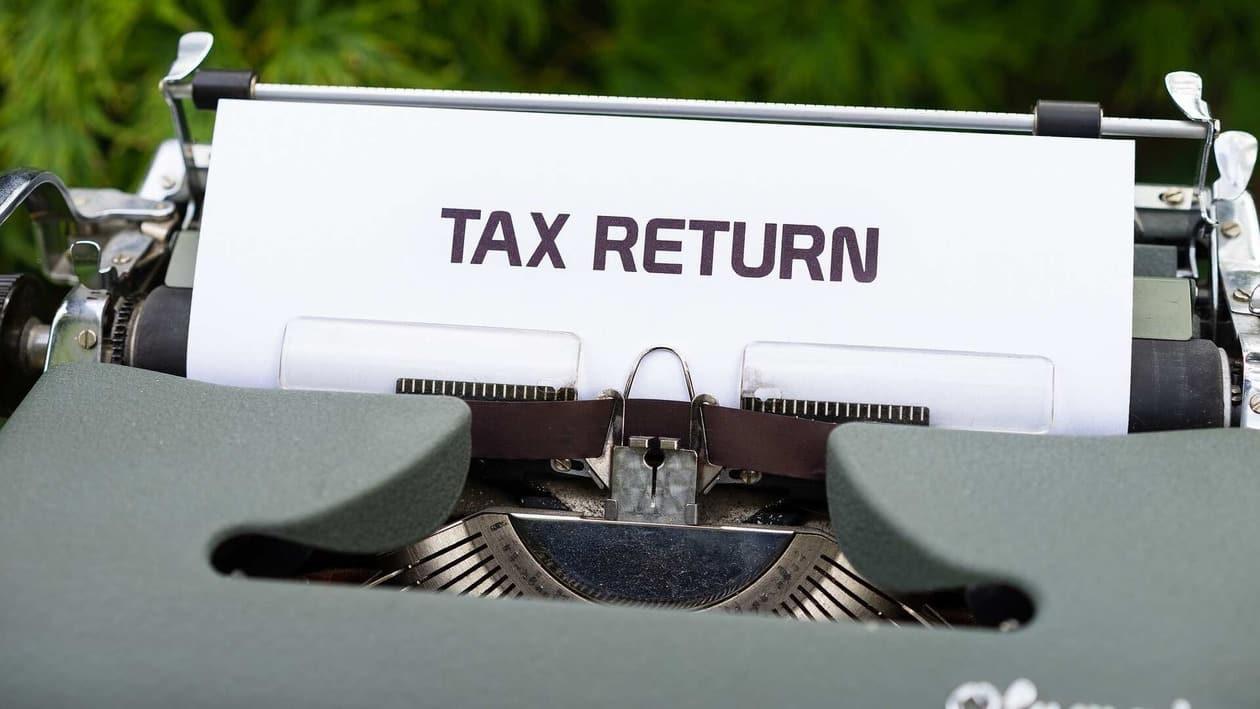With effect from April 1, 2020, salaried taxpayers have been given an option to file income tax return under either of the two tax regimes: old and new.
If you want to pay income tax at a lower rate, you can choose to pay income tax according to new regime. For example, if your taxable income falls between ₹7.5 lakh to ₹10 lakh, then the rate of tax is only 15 percent. On the other hand, the rate of tax will be 20 percent according to the old regime.
But it is vital to note that under the new regime, tax payers are not permitted to claim nearly 70 deductions and tax exemptions which were given under the old regime under sections 80C, 80D,80TTB etc.
“Choosing the regime is not straightforward because it depends on the total amount of tax liability as well as the sum of deductions one is entitled to claim. And regardless of which regime you choose, tax rebate of up to ₹12,500 is available to an individual taxpayer under section 87A of the Income-tax Act for those tax payers whose total income is less than ₹5 lakh,” said Deepak Aggarwal, a Delhi-based chartered accountant and financial advisor.
This are the tax slabs under old and new tax regime.
| Income (Rs) | Old (%) | New (%) |
| Up to 2.5 lakh | 0 | 0 |
| Above 2.5 lakh up to 5 lakh | 5 | 5 |
| Above 5 lakh up to 7.5 lakh | 20 | 10 |
| Above 7.5 lakh up to 10 lakh | 20 | 15 |
| Above 10 lakh up to 12.5 lakh | 30 | 20 |
| Above 12.5 lakh up to 15 lakh | 30 | 25 |
| Above 15 lakh | 30 | 30 |
Scenario I. If an income tax payer has a taxable income of ₹10 lakh, then under old tax regime, the tax amount is ₹12,500 + 20 percent above ₹5,00,000 = ₹12,500 and 1,00,000 = ₹1,12,500.
Under the new regime, the tax amount will be ₹37,500 + 15 percent of 2,50,000 = ₹37,500 + ₹37,500 = ₹75,000. The difference between the two tax liabilities is ₹37,500 in favour of new regime.
Note: We have ignored the surcharge on tax for the simplification of calculation.
Scenario II. Although the new tax regime looks better with lower tax liability, but after availing deductions such as section 80C, 80D, 80TTB and HRA, the tax liability will be lower.
Let us suppose in the above-mentioned case, the tax payer is entitled to exemptions amounting to ₹30,000, thus reducing the tax liability to ₹1,12,500 – 30,000 = ₹82,500.
As we can see even after this, his tax liability is still more than ₹75,000, i.e., the tax lability under new regime.
Scenario III. In this case, if the tax payer has made tax-free investments under section 80C amounting to ₹80,000 then his tax liability will fall proportionately. From ₹1,12,500, his liability will reduce by 80,000 to ₹32,500. This amount is obviously lower than the liability calculated under the new tax regime i.e., ₹75,000.
So, we can see that the new regime is favourable for those who have made lower investments offering tax incentives.
On the other hand, for those tax payers who have made investments more than the difference between the two regimes of tax, the old regime can turn out to be more favourable.
